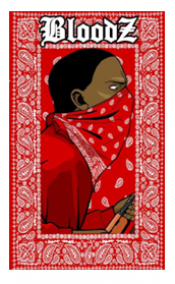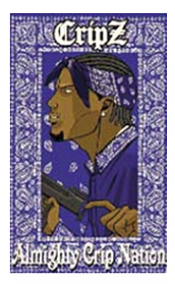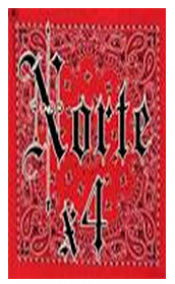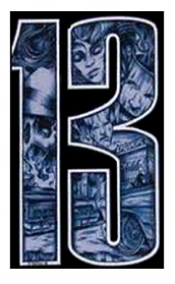- Meet the Team
- Communications
-
What We Do
-
- Community Oriented Policing Ride Along Program Chaplain Program Services Summary
- Safety Prevention Auto & Traffic Safety Sex Offenders Neighborhood Block Watch Child Safety Domestic Violence Sexual Assault Awareness Warrant List
- Safety Prevention Gang Awareness Gang Task Force Senior Safety Police Patrols Investigations
-
-
Get Involved
-
- Ride Along Program Chaplain Program Services Summary
- Contact the City Submit a Request or Concern Staff Directory Documents and Forms Documents and Reports Forms and Applications
- Social Media Facebook In the News
-
Gangs (A Basic Framework)
As gangs become an increasing issue in our society, education is the key to recognizing their activity and understanding what they are about. However, when discussing gangs, a working definition must be developed. Gangs are three or more individuals, using the same name, sign or symbol who commit criminal acts individually or as a group to further their agenda.
The following information is not exhaustive in describing gangs and their background, but is a basic framework to educate concerned community members.

The Bloods were formed to compete against the Crips. Their origins stem from a Piru street gang (initially a Crip set) who broke away during an internal gang war and allied with other smaller street gangs to form the present day Bloods. Since the Bloods were originally outnumbered 3 to 1 by the Crips, they had to be more violent. With the rise of crack cocaine, the Bloods focused on drug dealing to make money which resulted in even more bloodshed. As their name suggests, Bloods identify with the color red and consider themselves “Crip Killas”. Bloods disrespect Crips by crossing out the letter “c” and calling Crip members “Crabs".

Crips. This street gang originally started in South Central Los Angeles in the 1960’s. Stanley “Tookie” Williams met with Raymond Lee Washington to unite local gang members to battle neighboring street gangs. Today, the Crips are one of the largest and most violent gangs, involved in murders, robberies, drug dealing and many other criminal pursuits. Crips identify with the color blue. Their biggest rivals are the Bloods and disrespect in many ways - calling them “slobs”. Crips call themselves “Blood Killas” and cross the letter “b” out or leave it off altogether. Crips do not use the letters “ck” as it denotes “Crip Killer” and substitute it for “cc” (as in “kicc” for “kick”). While traditionally African-American, today’s Crip membership are multi-ethnic.

Norteños (Spanish for “Northerner”) are a group of Latino street gangs with origins in northern California (north of Bakersfield). Members were initially part of the CA prison gang, Mexican Mafia, but later formed their own group when they were not protected or treated fairly in prison. Separation can be attributed to a “shoe incident” which created Nuestra Familia (Our Family). Outside of prison members are called Norteños who associate with the sombrero, the machete and the “Huelga” bird (symbol of the United Farm Workers). They use the color red and the number “14”, “XIV”, “X4” and the letter “N” - 14th letter of the alphabet. Their biggest rival are the Sureños but they also fight against Crip sets.

Sureños (Spanish for “Southerners”) are a group of Mexican-American street gangs with origins in southern California (south of Bakersfield). The gang has allegiance to the CA prison gang, Mexican Mafia, aka “La Eme”. Sureños identify with “13”, “XIII”, “X3”, the letter “M” - 13th letter in the alphabet - as homage to the Mexican Mafia. They typically use the color blue but may use other colors as well such as black or brown, dependant on the set. The “cholo” type of dress was adopted but nowadays is far less observed as anonymity of gang affiliation has become more commonplace. Their biggest rivals are Norteños but it is not uncommon for Sureños sets to fight each other.
MARA SALVATRUCHA
The Mara Salvatrucha (MS) are a transnational street gang that originated in Los Angeles and are widely spread throughout the US, Canada, Mexico and Central America. In the 1980s, Salvadorian immigrants banded together to protect themselves from already established gangs in the Pico-Union neighborhoods. They later aligned with the Mexican Mafia who protected MS members in prison and adopted the “13” as a tribute. MS associates with “MS”, “MS13” and “Mara”. MS typically represents themselves with blue and white (El Salvadorian flag colors) but also includes other colors depending on the sub-set or faction. While aligned with Sureños, MS13 sets do have conflicts with Sureños but more often fight with Norteños.
